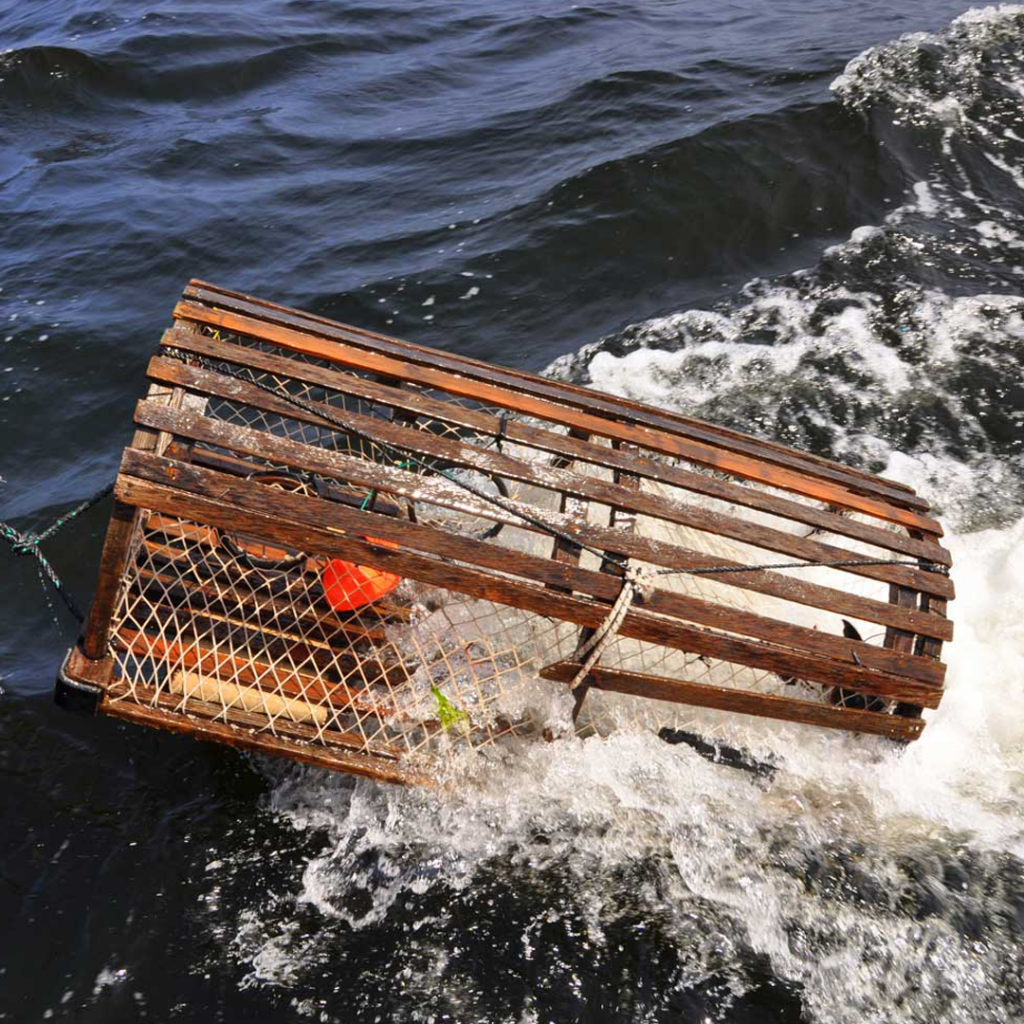CETA and Zero Import Tariffs
The Canada-European Union (EU) Comprehensive Economic and Trade Agreement (CETA) is a progressive trade agreement that upholds and promotes the values that Canada shares with the EU. This landmark agreement was signed on October 30, 2016 and entered into force in Canada and the EU on September 21, 2017.
- Under CETA, almost 96% of EU tariff lines for fish and seafood products have become duty-free. 100% of these tariff lines will be duty-free after seven years. 100% of seafood tariffs will be phased out by 2024; 100% of lobster tariff lines will be phased out by 2022.
Under CETA, Canadian fish and seafood exporters can now enjoy the advantages created from the agreement over competitors based in countries that do not have a preferential trade agreement in force with the EU.
Canadian seafood exports also reflect non-CETA related regulations:
- Fish and seafood exported to the EU must come from an approved establishment
- Catch certificate, issued by the Department of Fisheries and Oceans, is required to demonstrate the product has been caught legally
- Labelling in accordance with new EU regulations from December 2014
- Health certificate from the Canadian Food Inspection Agency must accompany shipments
- Maximum Residue Levels (for example, cadmium in oysters), must be respected as per EU requirements







